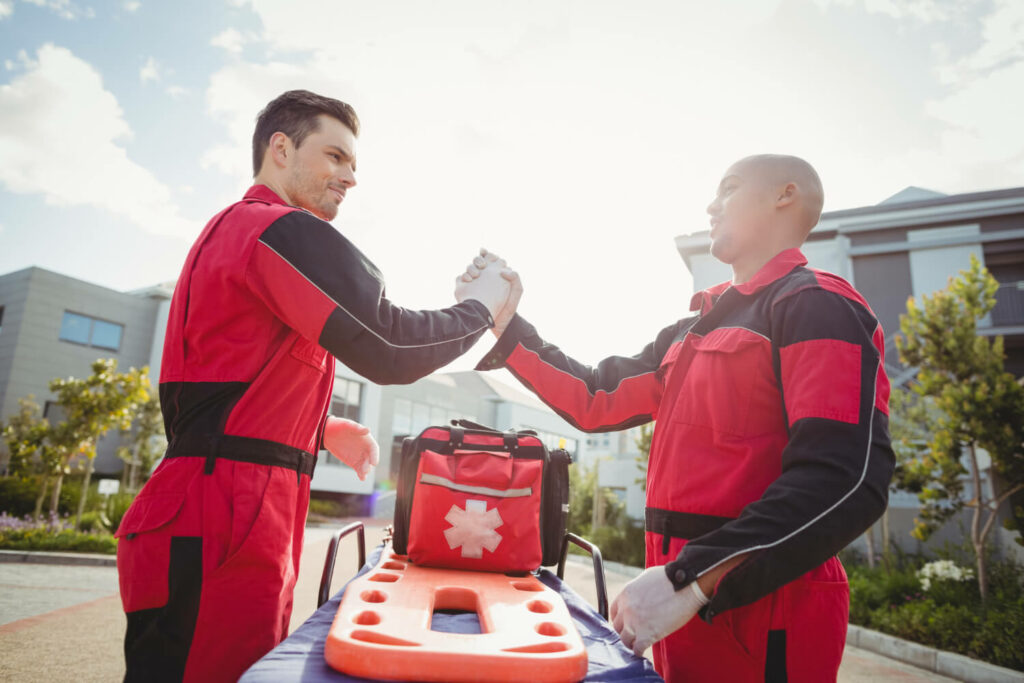In the realm of emergency medicine, the prospect of mass casualty incidents looms as a sobering reality. Whether caused by natural disasters, terrorist attacks, or industrial accidents, these events present formidable challenges to healthcare systems worldwide. Preparedness is paramount, and as professionals in emergency medicine, understanding how to effectively manage mass casualty incidents is crucial. In this article, we delve into the strategies and protocols that enable healthcare providers to face the unpredictable with confidence.
Understanding Mass Casualty Incidents
Mass casualty incidents (MCIs) are scenarios in which the number of casualties exceeds the resources available for immediate medical response. These incidents can overwhelm healthcare facilities and necessitate a coordinated, multi-disciplinary approach to ensure optimal patient outcomes. From earthquakes and hurricanes to acts of terrorism and mass shootings, MCIs can take various forms, each presenting unique challenges for emergency responders.
Preparedness Protocols
Effective preparedness is the cornerstone of mitigating the impact of mass casualty incidents. Healthcare facilities must establish comprehensive protocols and contingency plans to mobilize resources rapidly in the event of an MCI. This includes conducting regular drills and simulations to test the responsiveness of staff and identify areas for improvement.
Triage and Resource Allocation
Triage is a critical component of MCI management, enabling healthcare providers to prioritize patient care based on the severity of injuries and the likelihood of survival. The implementation of triage algorithms, such as the Simple Triage and Rapid Treatment (START) and JumpSTART protocols, facilitates rapid assessment and decision-making in chaotic environments.
Furthermore, effective resource allocation is essential to ensure that scarce medical supplies and personnel are utilized efficiently. This may involve establishing designated treatment areas, activating surge capacity plans, and coordinating with neighboring healthcare facilities to accommodate the influx of patients.
Interagency Collaboration
Collaboration among various agencies and stakeholders is paramount in MCI response efforts. Emergency medical services (EMS), law enforcement, fire departments, public health agencies, and government entities must work together seamlessly to coordinate rescue and recovery operations. Interagency communication systems, such as incident command structures and unified command centers, facilitate information sharing and streamline decision-making processes during MCIs.
Training and Education
Education and training play a pivotal role in preparing healthcare providers to respond effectively to MCIs. Continuous education on MCI management, disaster triage, and mass casualty care protocols ensures that clinicians remain proficient in handling high-stress situations. Simulation-based training exercises, conducted regularly, allow healthcare teams to practice their response strategies in realistic scenarios, fostering confidence and readiness.
Technological Advancements
Advancements in technology have also transformed MCI preparedness and response efforts. Telemedicine platforms enable remote consultations and medical guidance, allowing healthcare providers to access expertise and resources beyond their immediate vicinity. Additionally, real-time tracking systems and data analytics tools enhance situational awareness and facilitate resource management during MCIs.
Community Engagement and Public Awareness
Community engagement and public awareness campaigns are essential components of MCI preparedness. Educating the public on basic first aid skills, disaster preparedness, and evacuation procedures empowers individuals to take proactive measures in emergency situations. Furthermore, fostering partnerships with community organizations and stakeholders strengthens the resilience of communities and enhances their capacity to respond to MCIs effectively.
Conclusion
Mass casualty incidents represent a formidable challenge for emergency medicine professionals, requiring meticulous planning, coordination, and swift action to mitigate the impact on affected individuals and communities. By embracing a multi-disciplinary approach, implementing robust preparedness protocols, and leveraging technological innovations, healthcare systems can enhance their readiness to face the unpredictable. Moreover, ongoing education, training, and community engagement efforts are essential for building resilience and fostering a culture of preparedness in the face of adversity. As we confront the uncertainties of the future, the resilience and adaptability of emergency medicine professionals remain our greatest assets in ensuring the well-being and safety of those in need.
